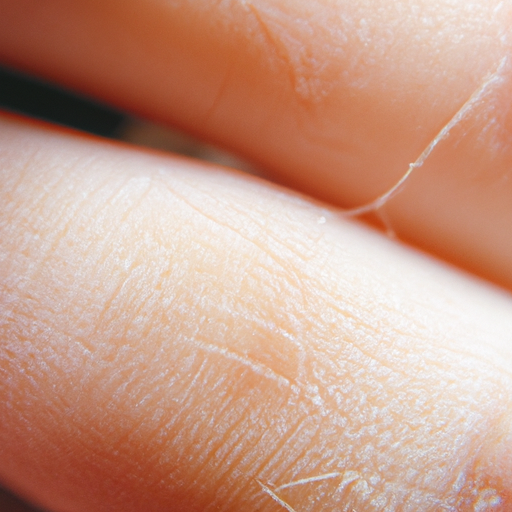As an expert in skincare, I can confidently say that exfoliation is a crucial step in any skincare routine. It is the process of removing dead skin cells from the surface of your skin using a chemical, granular substance, or exfoliation tool. This article aims to unmask the radiance of your skin by providing a comprehensive guide to face and body exfoliants and their usage.
Exfoliation is not a new concept; it has been practiced for centuries across different cultures. The ancient Egyptians used alabaster particles for this purpose, while the Romans preferred to use tools like strigils for scraping off the skin’s surface. Today, we have a plethora of options available, from physical exfoliants like scrubs and brushes to chemical exfoliants like AHAs and BHAs.
Physical exfoliants work by using small grains or a brush to physically remove dead skin cells. They are typically used in facial scrubs, body scrubs, and brushes. Although they can provide immediate results, they can also be harsh and cause micro-tears in the skin if used too aggressively. Therefore, they are recommended for people with oily and non-sensitive skin types.
On the other hand, chemical exfoliants use acids or enzymes to dissolve and remove dead skin cells. Alpha Hydroxy Acids (AHAs) like glycolic and lactic acid are water-soluble and work on the skin’s surface level. They are ideal for dry or sun-damaged skin as they help moisturize as well as exfoliate. Beta Hydroxy Acids (BHAs) like salicylic acid are oil-soluble and penetrate deeper into the pores, making them perfect for oily, acne-prone skin.
When it comes to usage, moderation is key. Over-exfoliation can lead to redness, irritation, and even breakouts. For physical exfoliants, once or twice a week is sufficient. For chemical exfoliants, start with once a week and gradually increase to daily use if your skin can tolerate it. Always remember to apply sunscreen after exfoliating as it can make your skin more sensitive to the sun.
It’s also important to choose the right product for your skin type. For instance, if you have sensitive skin, opt for a gentle, enzyme-based exfoliant. If you have oily skin, a BHA-based product will work best. For dry skin, an AHA-based product can help remove dead skin cells while also providing hydration.
In conclusion, exfoliation is a powerful tool in your skincare arsenal. It can help reveal a brighter, smoother, and more radiant complexion. However, it’s essential to use the right type of exfoliant for your skin type and not to overdo it. With the right approach and products, you can unmask the radiance of your skin and keep it looking healthy and youthful.


